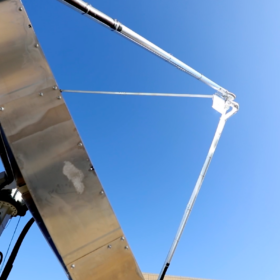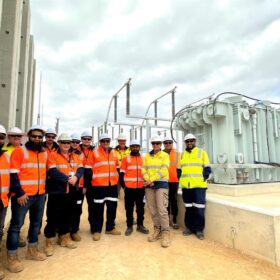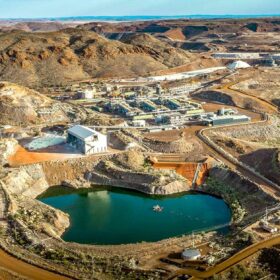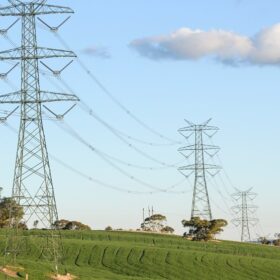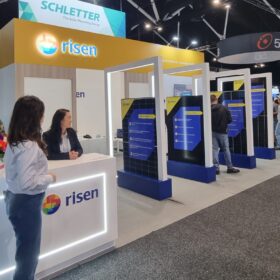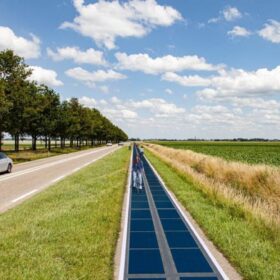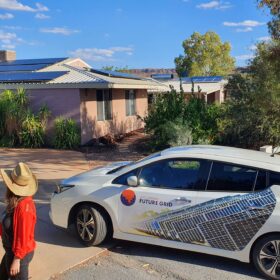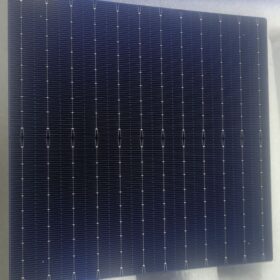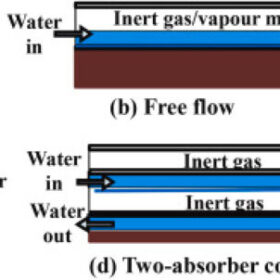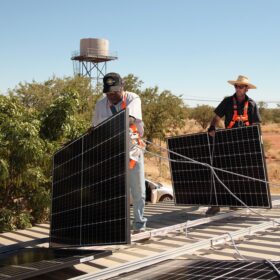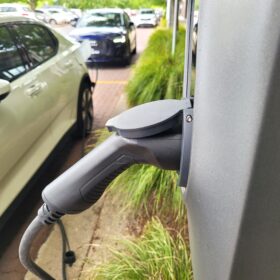Swiss team sets record solar-to-hydrogen rate
Researchers from Switzerland’s École Polytechnique Fédérale de Lausanne have unveiled a new solar dish plant design, while Plug Power has delivered its first electrolyser system to Europe.
ElectraNet tips interstate transmission link to be online by mid-2026
Construction of the South Australian section of the $2.3 billion (USD 1.56 billion) EnergyConnect infrastructure project, which will link power grids across three states, is now more than 50% complete with ElectraNet announcing the high-voltage interconnector is on track for release of full power transfer capability by mid-2026.
Australia warned of over-mining risk in rush to secure critical minerals
Australia is at risk of over-mining key transition minerals by relying on “overblown” demand assumptions, according to a new report which warns policy steps to encourage responsible and sustainable use of critical minerals, such as improved battery recycling, are being ignored.
Weekend read: Solar’s supply-chain pioneer
Zhengrong Shi and his company, Suntech, are true pioneers of the Chinese solar industry. While Suntech burned bright, and eventually flamed out, under Shi’s leadership, the company’s solar ecosystem and innovation persist as China’s PV market surges past 100 GW(AC) today.
AMEC targets social licence with transmission planning reform
The Australian Energy Market Commission says the regulatory process for new transmission network projects must be overhauled to strengthen social licence and speed up the multi-billion-dollar expansion of the grid that is critical to the transition from coal to renewables.
Risen rolls out new n-type panels in Australian market
Chinese solar module maker Risen Energy has launched two new n-type panels into the Australian market, targeting both the rooftop and large-scale PV markets.
Construction begins on solar cycling path in Netherlands
Local government in the Dutch province of North Brabant will deploy a 500-metre-long solar array on a bike track and test its performance over a five-year period. The PV system will be integrated into the asphalt top layer and will consist of 600 solar panels of an unspecified type.
NT government delivers solar and storage trial for public housing
Public housing tenants in the outback town of Alice Springs are set to share in the benefits of renewable energy with the Northern Territory government launching a rooftop PV and battery energy storage trial that will help inform the planning of future public housing builds and management of solar power on current stock.
Solar assets are underperforming expectations by 8%, what is the root cause?
The Renewable Energy Test Center (RETC) raised the issue of ultraviolet-induced degradation of the trending technology in its PV Module Index 2022.
All photovoltaic-thermal system designs at a glance
An international research team has presented all possible system designs and applications for photovoltaic-thermal (PVT) technology. Their review includes conventional PV-T collectors, air-based systems, liquid-based installations, water-based collectors, refrigerant-based systems, heat-pipe-based technologies, dual air-water systems, building-integrated PVT arrays, and concentrated PVT collectors.
